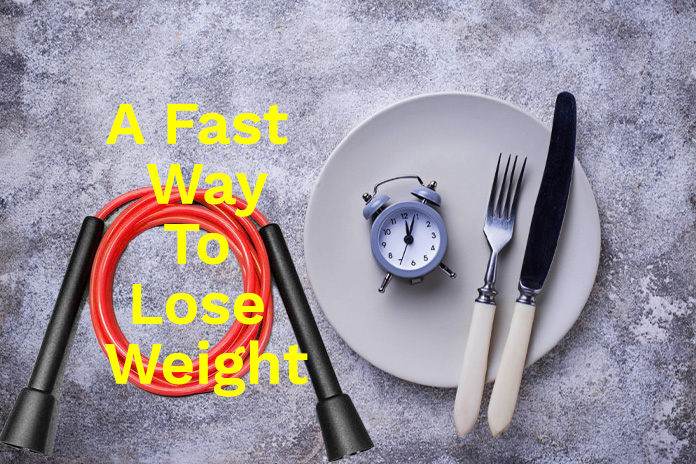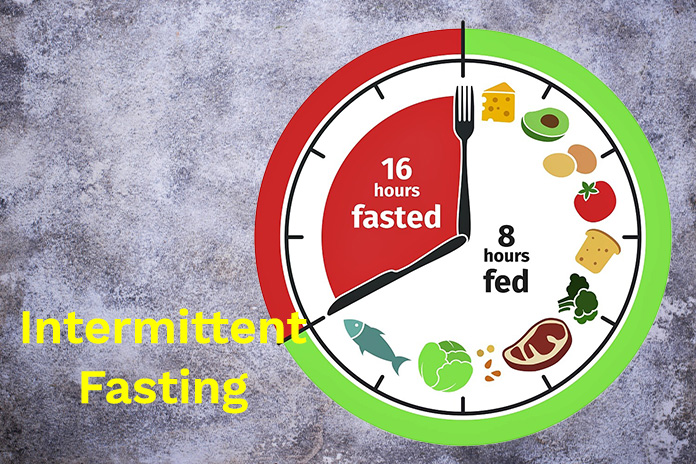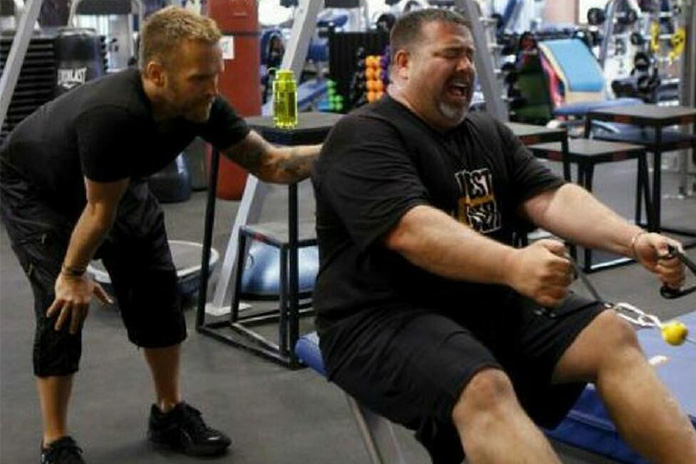Html code here! Replace this with any non empty text and that's it.
 EAT less, move more! Calorie deficit. Diet. High-Intensity Interval Training. Peloton.
EAT less, move more! Calorie deficit. Diet. High-Intensity Interval Training. Peloton.
People associate many of these common ideas with weight loss. Despite the abundance of cultural wisdom on this topic, obesity rates remain high in all corners of society.
In Singapore, just over 45% of men and just under 35% of women are technically overweight, its obesity index of 4.5/10 being comfortably below the global average. Nonetheless it is no secret that this is an issue affecting many in the modern era.
Quick-fix Attempts
Many are resorting to diet pills and other untested methods to lose weight. But losing a bit of belly fat need not involve pharmaceutical intervention. So, what is the most effective method?
‘Eat less, move more’ happens to be a good idea, but has been shown not to be beneficial for those looking to lose significant amounts of weight.
Over 100 years of clinical studies have converged on the conclusion: Fasting.
The quick take is that fasting can provide long-term weight loss results, as it does slow down your body’s metabolism over long periods of time. While caloric deficit-based regimes usually do result in short term weight loss, it has been shown that over several months, calorie deficit leads to a slowdown in the body’s metabolism. Your body weight eventually plateaus, and ultimately most people round trip their initial results and regain weight, usually while feeling cold, tired, and hungry.
 Fast Times
Fast Times
Studies have shown that you can get all the benefits of water fasting (no food at all) from either intermittent or alternate day fasting. So, you can fast and still enjoy food.
Intermittent fasting is usually done in time blocks, eating within 6 to 8 hours, and then fasting for the remaining 18 or 16 hours. You can tailor this for your own lifestyle and still enjoy at least 2 full meals per day. This is also referred to as time restricted feeding or eating (TRF/TRE). Studies have shown that IF/TRF results in greater loss in abdominal fat compared to a low carb diet alone.
Combining both can be another way to get faster results, even without exercise.
Some people like to eat one slightly larger meal per day (OMAD), but this may not be practical or manageable for everyone, particularly those who are new to fasting. This is more for the experienced or those looking to increase their fasting window for faster results.
Alternate day fasting, as the name suggests, involves eating every other day.
The Keto diet, where you eat and metabolise mostly fat, is an extension of this idea. This diet teaches your body to run on fat (and protein) instead of carbs. But finding these fatty and meaty alternatives may prove more expensive and time consuming. Unless you’re ok with just eating loads of Greek yoghurt.
Maintaining Energy Levels
You may be worried that fasting may result in lower energy levels. Many who have tried fasting report the exact opposite — a boost in energy levels. This is for two reasons.
Firstly, your body will ramp up the rate of fat burning after prolonged periods without food; a survival mechanism that helped our ancestors have enough energy to hunt in times of scarcity. While fasting the body also increases production of the hormone norepinephrine, to give you an extra kick.
People who practice fasting often report greater mental focus. They also experience less hunger and ‘hangriness’ when they go without a meal, but not a loss of appetite.
Additional Benefits
Notably, the contestants of the US TV series “The Biggest Loser” never have a reunion episode. It has been found that many participants regain the weight they lost.
 It is likely that many of them go back to their sedentary lifestyles and bad eating habits. They could be blamed for being mentally weak or uncommitted, but it may be more pertinent to consider that the methods that helped them lose that weight were never sustainable.
It is likely that many of them go back to their sedentary lifestyles and bad eating habits. They could be blamed for being mentally weak or uncommitted, but it may be more pertinent to consider that the methods that helped them lose that weight were never sustainable.
The benefit of fasting variants is that you can do them until you get the results you’re looking for. Returning to normal eating won’t lead to weight gain, if you exercise restraint. Fasting can be thrown into your routine at your leisure, whenever you feel like you need a cleanse or are developing unwanted curves.
Many cultures and religions feature periods of both feasting and fasting, and within the context of history it’s modern diet culture that could be considered a fad. In an era of body positivity and acceptance, you deserve to be able to look and feel however you want and have access to the most effective methods to do so. The best thing about fasting is the ease with which it can be added to your lifestyle. It’s free! If you are on a weight loss journey and want long-term results, consider giving it a try.
Reducing your dependence on food can be liberating.





















